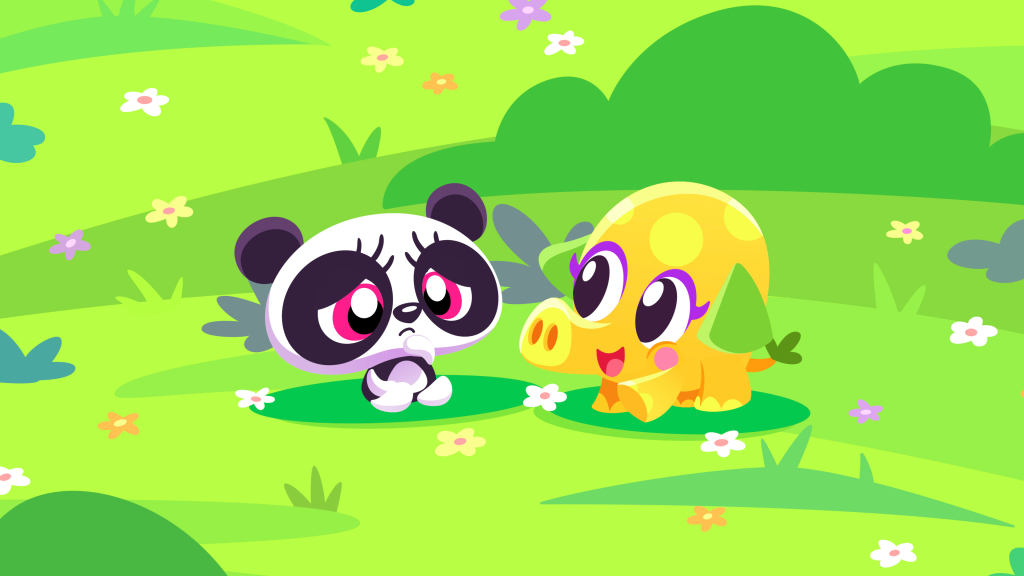
- 2 mins

Anxiety is a normal emotion that everyone experiences at one point or another. It is the body’s natural response to stress or danger. However, some people experience anxiety regularly, and it can become a debilitating condition. I was diagnosed with anxiety and ADHD at the age of 30. It helped me realize why I felt awkward and different as a child. It also gave me perspective on why these feelings should be validated and understood. There are different types of anxiety, each with its own symptoms.
This is the most common type of anxiety, characterized by chronic and excessive worry about everyday things. People diagnosed with GAD may have trouble sleeping, concentrating, or completing simple tasks.
This type of anxiety is characterized by intense fear or anxiety in social situations. People diagnosed with social anxiety disorder may avoid social interactions or experience significant distress when they are around other people.
This type of anxiety is characterized by fear or anxiety about separating from loved ones. People with separation anxiety disorder may have trouble sleeping away from home or being away from loved ones for extended periods.
A phobia is an intense fear of or anxiety about a specific object or situation. People with a phobia may go to great lengths to avoid the object or situation they are afraid of.
This type of anxiety is characterized by sudden and unexpected attacks of fear or anxiety. People with panic disorder may experience heart palpitations, shortness of breath, and dizziness during a panic attack.
This type of anxiety is characterized by intrusive and unwanted thoughts (obsessions) that lead to repetitive behaviors (compulsions). People diagnosed with OCD may have obsessive thoughts about germs or contamination, and they may engage in repetitive hand-washing or cleaning behaviors.
This type of anxiety includes an individual having language competence in some situations but failing to speak in other environments.
There are other types of anxiety disorders and conditions that are not mentioned in this article, such as post-traumatic stress disorder.
Anxiety can be a debilitating condition, but there are treatment options available. If you are experiencing any of the different types of anxiety, please talk to your doctor or mental health professional. Although anxiety is mainly diagnosed when someone reaches adolescence or adulthood, many children experience it on a regular basis.
Separation anxiety is a common occurrence in young children, particularly when they are starting daycare or nursery. It is normal for children to feel some anxiety when separated from their parents, but for some children, this anxiety can be more intense. It can interfere with their ability to adjust to their new environment and ultimately their ability to learn naturally in these environments. We want to do what we can as parents to help our children manage these transitions more easily and effectively.
It is important that your child knows that you are happy with their decision to go to daycare or nursery and that you are confident in their ability to cope without you. Perhaps you can play them a Moshi Moment that is specifically aimed at decreasing anxiety, like ShiShi & Mr Snoodle’s Anxiety Hacks.
This may involve packing their bag together, talking about what they will do during the day, or reading stories about other children enjoying their time at daycare or nursery. You can always play Anxiety Shrinking Ambience from Moshi in the background to help your child keep calm and on task during the preparation time.
It is important to reassure your child that you will be back to pick them up later and that they will have a great time while you are gone. Sometimes it could help to show them on a clock when you will be back (depending on whether they can tell time or understand the concept).
If your child is upset when you leave, try not to draw attention to it or make a big fuss. This will only increase the anxiety. You can focus on the positive and reference their teacher or a fun game in the classroom or on the playground.
If you are unavoidably running late, call the daycare or nursery to let them know. This will help to reduce your child’s anxiety about being left alone.
They may be able to offer some suggestions to make the transition easier for your child, such as a consistent routine. Seeing a familiar face (perhaps the teacher or teacher assistant) in the same area with the same toys or activities every day could reassure your child that “not everything is changing.”
A therapist can help your child to understand and manage their anxiety. Perhaps they could accompany your child to daycare or nursery or provide visual strategies and resources that the daycare or nursery staff could utilize.
Anxiety is a normal feeling we get when faced with something challenging, like a new situation or a big test. Everyone feels anxious from time to time, but for some kids, anxiety can be a big problem. As mentioned before, there are different types of anxiety and these can all be difficult to manage as a child. It can make it hard to concentrate, sleep, or even leave the house. If your child is dealing with anxiety, you might be wondering what you can do to help. According to Perry-Parrish et al. (2016, p. 172), “Mindfulness approaches can be taught to children, adolescents, and their parents to improve self-regulation, particularly in response to stress.”
Moshi has been instrumental in supporting the children I work with and my partner’s children to self-regulate their emotions during tricky transitions and life in general. The following tracks could be wonderful additions to your home environment from Moshi: ShiShi’s Soothing Anxiety Shrinker, Anxiety Be Gone with Yana and Dreamy Moshi Anxiety Relief.
The goal of Moshi is to help kids relax and feel calm and this helps them generally manage and work through their anxieties. To do this, the app uses several different features. For example, kids can do a short meditation, have soothing background music on, or listen to a calming story. One of the best things about Moshi is that it can be used anywhere, at any time. So if your child is feeling anxious at school, at home, or even in the car, they can always pull out their Moshi and take a few minutes to relax. If you think Moshi could help your child with anxiety, you can download it for free from the App Store or Google Play.
As a parent with a child who might experience increased levels of anxiety, you are already doing a phenomenal job in reading these types of articles. Be kind to yourself too and remind yourself that anxiety is normal, natural, and in some cases helpful. If you focus on increasing your child’s ability to manage the way in which they regulate their mood, you will set them up for success. Your child will learn, through regular meditation practice and giving space to judge feelings less, that their anxieties can be self-managed.
Perry-Parrish, C., Copeland-Linder, N., Webb, L., & Sibingam E. M. (2016). Mindfulness-based approaches for children and youth. Current Problems in Pediatric and Adolescent Health Care, 46(6), 172–178.